Anti-cancer effect of Annona Muricata Linn Leaves Crude Extract (AMCE) on breast cancer cell line
- PMID: 27558166
- PMCID: PMC4997662
- DOI: 10.1186/s12906-016-1290-y
Anti-cancer effect of Annona Muricata Linn Leaves Crude Extract (AMCE) on breast cancer cell line
Abstract
Background: Annona muricata Linn which comes from Annonaceae family possesses many therapeutic benefits as reported in previous studies and to no surprise, it has been used in many cultures to treat various ailments including headaches, insomnia, and rheumatism to even treating cancer. However, Annona muricata Linn obtained from different cultivation area does not necessarily offer the same therapeutic effects towards breast cancer (in regards to its bioactive compound production). In this study, anti-proliferative and anti-cancer effects of Annona muricata crude extract (AMCE) on breast cancer cell lines were evaluated.
Methods: A screening of nineteen samples of Annona muricata from different location was determined by MTT assay on breast cancer cell lines (MCF-7, MDA-MB-231, and 4 T1) which revealed a varied potency (IC50) amongst them. Then, based on the IC50 profile from the anti-proliferative assay, further downward assays such as cell cycle analysis, Annexin V/FITC, AO/PI, migration, invasion, and wound healing assay were performed only with the most potent leaf aqueous extract (B1 AMCE) on 4 T1 breast cancer cell line to investigate its anti-cancer effect. Then, the in vivo anti-cancer study was conducted where mice were fed with extract after inducing the tumor. At the end of the experiment, histopathology of tumor section, tumor nitric oxide level, tumor malondialdehyde level, clonogenic assay, T cell immunophenotyping, and proteome profiler analysis were performed.
Results: Annona muricata crude extract samples exhibited different level of cytotoxicity toward breast cancer cell lines. The selected B1 AMCE reduced the tumor's size and weight, showed anti-metastatic features, and induced apoptosis in vitro and in vivo of the 4 T1 cells. Furthermore, it decreased the level of nitric oxide and malondialdehyde in tumor while also increased the level of white blood cell, T-cell, and natural killer cell population.
Conclusion: The results suggest that, B1 AMCE is a promising candidate for cancer treatment especially in breast cancer and deserves further research as an alternative to conventional drugs while also stressed out the selection of soursop sample which plays a significant role in determining its potential therapeutic effect on cancer.
Keywords: Annona muricata Linn; Anti-metastatic; Apoptosis; Breast cancer cell line; Immune systems; Inflammation; Leaf aqueous extract; Potency.
Figures
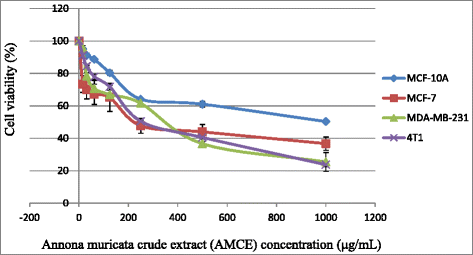
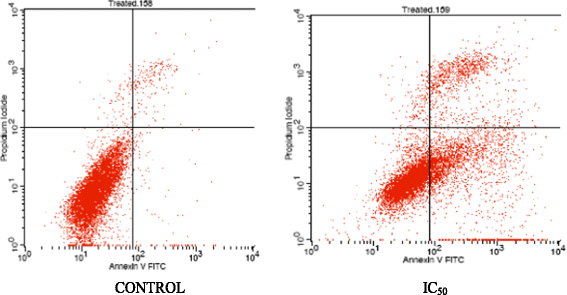


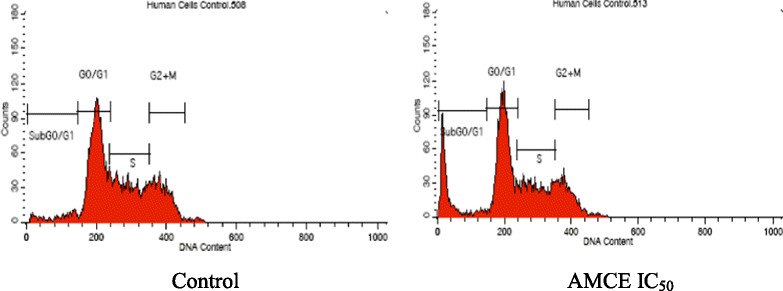
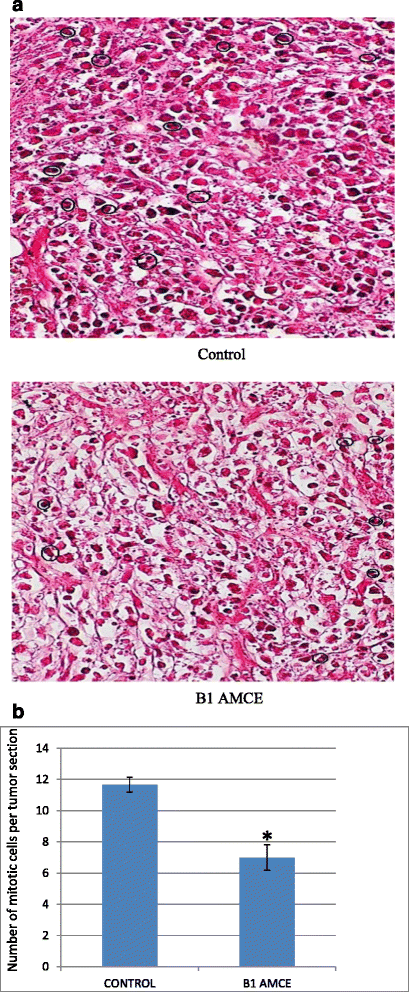
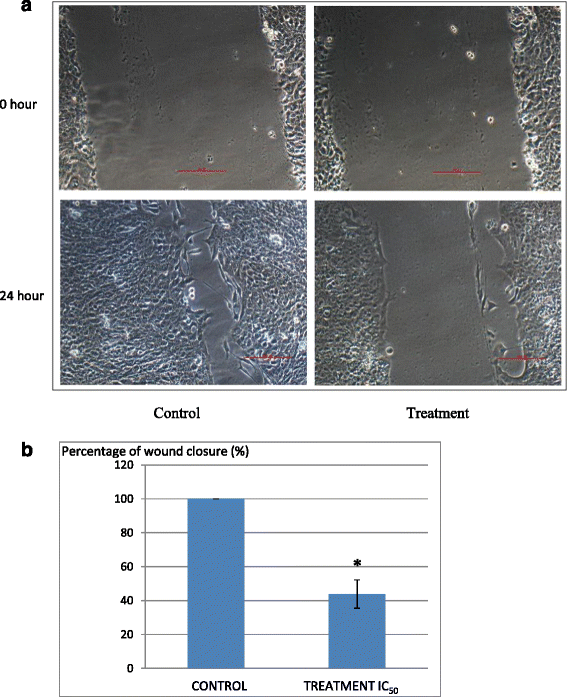
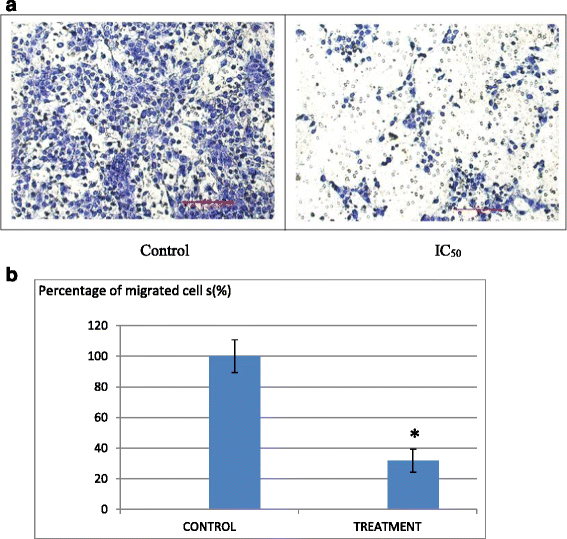
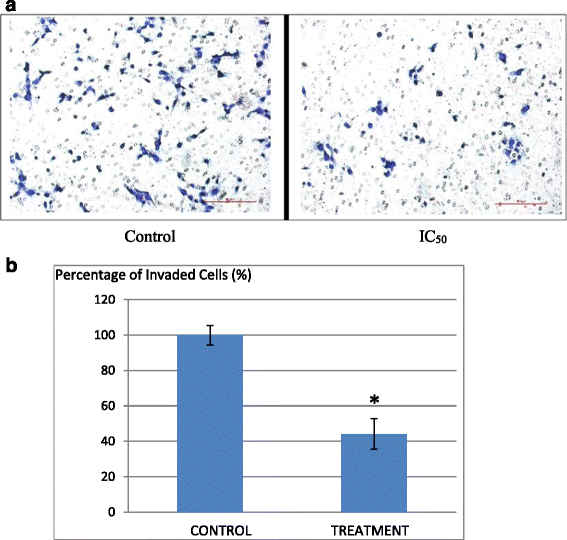
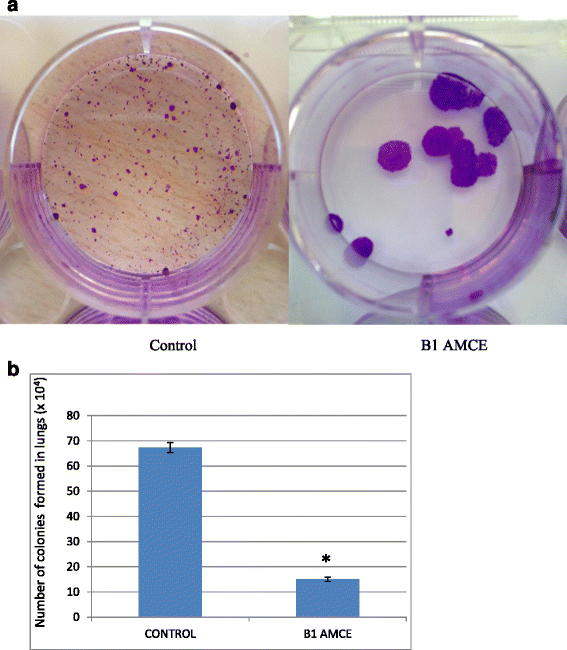
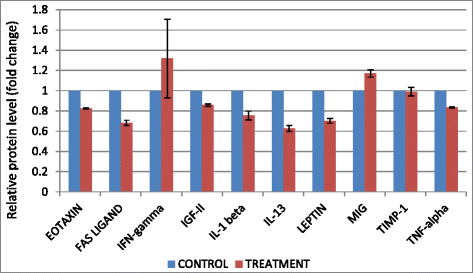
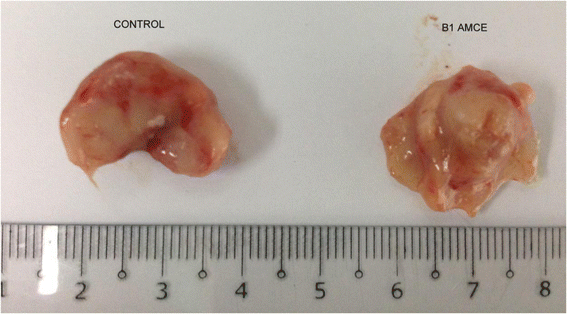
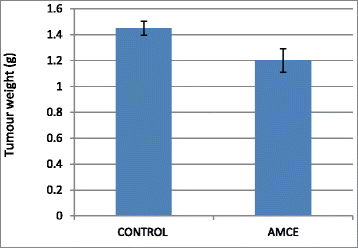

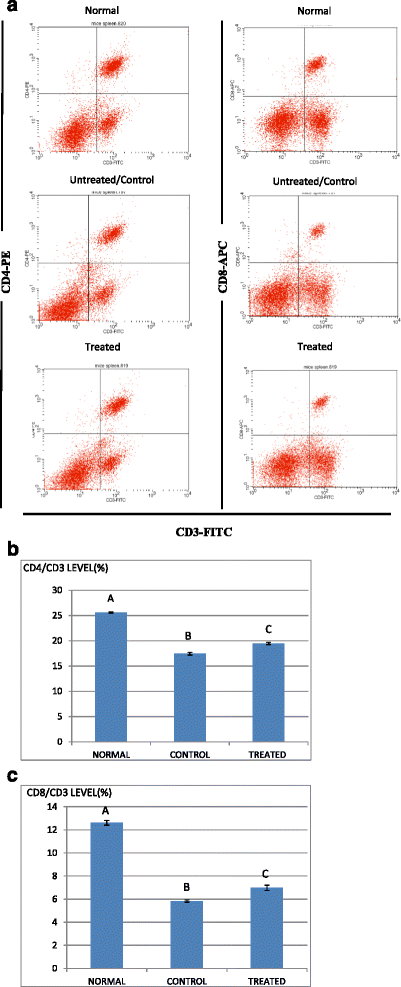
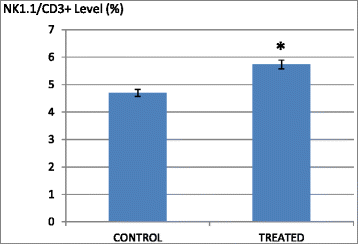
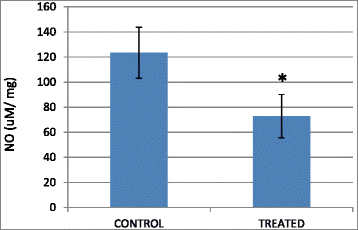

Similar articles
-
Antiproliferative activity of aqueous leaf extract of Annona muricata L. on the prostate, BPH-1 cells, and some target genes.Integr Cancer Ther. 2015 Jan;14(1):65-74. doi: 10.1177/1534735414550198. Epub 2014 Nov 18. Integr Cancer Ther. 2015. PMID: 25411208
-
Annona muricata leaves induce G₁ cell cycle arrest and apoptosis through mitochondria-mediated pathway in human HCT-116 and HT-29 colon cancer cells.J Ethnopharmacol. 2014 Oct 28;156:277-89. doi: 10.1016/j.jep.2014.08.011. Epub 2014 Sep 4. J Ethnopharmacol. 2014. PMID: 25195082
-
Quantitative assessment of the relative antineoplastic potential of the n-butanolic leaf extract of Annona muricata Linn. in normal and immortalized human cell lines.Asian Pac J Cancer Prev. 2012;13(2):699-704. doi: 10.7314/apjcp.2012.13.2.699. Asian Pac J Cancer Prev. 2012. PMID: 22524847
-
Polyketide Natural Products, Acetogenins from Graviola (Annona muricata L), its Biochemical, Cytotoxic Activity and Various Analyses Through Computational and Bio-Programming Methods.Curr Pharm Des. 2016;22(34):5204-5210. doi: 10.2174/1381612822666160531163144. Curr Pharm Des. 2016. PMID: 27262333 Review.
-
Pharmacological Activities of Soursop (Annona muricata Lin.).Molecules. 2022 Feb 10;27(4):1201. doi: 10.3390/molecules27041201. Molecules. 2022. PMID: 35208993 Free PMC article. Review.
Cited by
-
Antitumor and antioxidant effects of Clinacanthus nutans Lindau in 4 T1 tumor-bearing mice.BMC Complement Altern Med. 2019 Nov 29;19(1):340. doi: 10.1186/s12906-019-2757-4. BMC Complement Altern Med. 2019. PMID: 31783838 Free PMC article.
-
CD36-Fatty Acid-Mediated Metastasis via the Bidirectional Interactions of Cancer Cells and Macrophages.Cells. 2022 Nov 10;11(22):3556. doi: 10.3390/cells11223556. Cells. 2022. PMID: 36428985 Free PMC article. Review.
-
Anti-proliferative effect of Annona extracts on breast cancer cells.Biocell. 2023 Aug 28;47(8):1835-1852. Biocell. 2023. PMID: 37771344 Free PMC article.
-
Role of human nucleoside transporters in pancreatic cancer and chemoresistance.World J Gastroenterol. 2021 Oct 28;27(40):6844-6860. doi: 10.3748/wjg.v27.i40.6844. World J Gastroenterol. 2021. PMID: 34790010 Free PMC article. Review.
-
Calotropis gigantea stem bark extract activates HepG2 cell apoptosis through ROS and its effect on cytochrome P450.Heliyon. 2023 May 18;9(5):e16375. doi: 10.1016/j.heliyon.2023.e16375. eCollection 2023 May. Heliyon. 2023. PMID: 37251821 Free PMC article.
References
MeSH terms
Substances
LinkOut - more resources
Full Text Sources
Other Literature Sources
Medical
Research Materials
Miscellaneous

